- Have any questions?
- +86-189 8930 5995
- sales@mosinterchem.com.cn
Magnesium Sulphate CAS 10034-99-8

Manganese Sulfate Monohydrate CAS 10034-96-5
19/12/2018
Calcium Chloride Dihydrate CAS 10035-04-8
19/12/2018| Model: | MOS10034-99-8 |
| Brand Name: | MOSINTER |
| CAS No.: | 10034-99-8 |
| Melting point: | 1124°C |
| Density: | 2.66 |
| Vapour pressure: | <0.1 mm Hg ( 20 °C) |
| Vapor density: | <0.01 (vs air) |
| Storage condition: | Store at RT. |
| Solubility: | H2O: 1 M at 20 °C, clear, colorless |
| Stability: | Stable. Non-flammable. May slowly deteriorate in contact with air. |
Magnesium Sulphate (CAS: 10034-99-8)
| Item | Index |
| Appearance | White exiguous acicular or oblique-pillar crysta |
| MgSO4.7H2O % | ≥99.5 |
| iron (Fe) % | ≤ 0.005 |
| (as Cl)chloride % | ≤ 0.15 |
| insoluble in water % | ≤0.1 |
Magnesium sulfate (or magnesium sulphate) is an inorganic salt (chemical compound) containing magnesium,
sulfur andoxygen, with the formula MgSO4. It is often encountered as the heptahydrate sulfate mineral epsomite
(MgSO4·7H2O), commonly called Epsom salt, taking its name from a bitter saline spring in Epsom in Surrey,
England, where the salt was produced from the springs that arise where the porous chalk of the North Downs
meets non-porous London clay. The monohydrate, MgSO4·H2O is found as the mineral kieserite. The overall global
annual usage in the mid 1970s of the monohydrate was 2.3 million tons, of which the majority was used in agriculture.
Anhydrous magnesium sulfate is used as a drying agent. The anhydrous form is hygroscopic (readily absorbs water from
the air) and is therefore difficult to weigh accurately; the hydrate is often preferred when preparing solutions (for example,
in medical preparations). Epsom salt has been traditionally used as a component of bath salts. Epsom salt can also be used
as a beauty product. Athletes use it to soothe sore muscles, while gardeners use it to improve crops. It has a variety of other
uses. Epsom Salts are also effective in the removal of splinters.
It is on the World Health Organization’s List of Essential Medicines, a list of the most important medication
needed in a basic health system.
Uses
Medical
Magnesium sulfate is a common pharmaceutical preparation of magnesium, commonly known as Epsom salts, used both
externally and internally. Epsom salts are used as bath salts. The sulfate is supplied in a gel preparation for topical
application in treating aches and pains. Oral magnesium sulfate is commonly used as a saline laxative or osmotic
purgative. Magnesium sulfate is the main preparation of intravenous magnesium.
Bathing in a 1% solution of Epsom salts (about 500g of Epsom salts for a standard size bathtub of 60 litres) is a “a safe
and easy way to increase sulfate and magnesium levels in the body”.
Indications for internal use are:
· Replacement therapy for hypomagnesemia.
· Magnesium sulfate is the first-line antiarrhythmic agent for torsades de pointes in cardiac arrest under the 2005 ECC
guidelines and for managing quinidine-induced arrhythmias.
· As a bronchodilator after beta-agonist and anticholinergic agents have been tried, e.g. in severe
exacerbations ofasthma. Studies conducted have
revealed that magnesium sulfate can be nebulized to reduce the symptoms of acute asthma. It is commonly
administered via the intravenous route for the management of severe asthma attacks.
· Magnesium sulfate can be used to treat eclampsia in pregnant women.
· Intravenous magnesium sulfate has been shown to prevent cerebral palsy in preterm babies. A recent systematic
review suggests that antenatal intravenous magnesium sulphate can reduce the risk of cerebral palsy and gross motor
dysfunction in preterm infants by on average 30%.
· Magnesium sulfate has been used as an experimental treatment of Irukandji syndrome caused by envenomation
by certain species of Irukandji jellyfish, however the efficacy of this treatment remains unproven.
· Solutions of sulfate salts such as Epsom salt may be given as first aid for barium chloride poisoning.
An overdose of magnesium causes hypermagnesemia.
The use of Epsom Salts is an effective method of “drawing out” stubborn or buried slivers.
Agriculture
In gardening and other agriculture, magnesium sulfate is used to correct a magnesium or sulfur deficiency in soil;
magnesium is an essential element in the chlorophyll molecule, and sulfur is another important Macronutrient. It
is most commonly applied to potted plants, or to magnesium-hungry crops, such as potatoes, roses, tomatoes, lemon trees, carrots and peppers The advantage of magnesium
sulfate over other magnesium soil amendments (such as dolomitic lime) is its high solubility, which also allows
the option of foliar feeding. Solutions of magnesium sulfate are also nearly neutral, as compared to alkaline salts
of magnesium, as found in limestone; therefore the use of magnesium sulfate as a magnesium source for soil does
not significantly change the soil pH.
Other
Anhydrous magnesium sulfate is commonly used as a desiccant in organic synthesis due to its affinity for water.
Duringwork-up, an organic phase is saturated with magnesium sulfate until it no longer forms clumps. The hydrated solid is
then removed with filtration or decantation. Other inorganic sulfate salts such as sodium sulfate and calcium
sulfatemay also be used in the same way.
Magnesium sulfate is used in bath salts, particularly in flotation therapy where high concentrations raise the bath
water’s specific gravity, effectively making the body more buoyant. Traditionally, it is also used to prepare foot
baths, intended to soothe sore feet. The reason for the inclusion of the salt is partially cosmetic: the increase
in ionic strength prevents some of the temporary skin wrinkling (partial maceration) which is caused by prolonged
immersion of extremities in pure water. However, magnesium sulfate can also be absorbed into the skin, reducing
inflammation. It is naturally present in some mineral waters.
It may also be used as a coagulant for making tofu.
Magnesium sulfate heptahydrate is also used to maintain the magnesium concentration in marine aquaria which contain
large amounts of stony corals as it is slowly depleted in their calcification process. In a magnesium-deficient marine aquarium calcium and alkalinity concentrations are very difficult to control because not enough magnesium
is present to stabilize these ions in the saltwater and prevent their spontaneous precipitation into calcium carbonate. Magnesium
sulfate is used as the electrolyte to prepare copper sulfate. A magnesium sulfate solution is electrolyzed with a copper anode to
form copper sulfate, magnesium hydroxide, and hydrogen:
Cu + MgSO4 + 2 H2O → H2 + CuSO4 + Mg(OH)2.
Magnesium sulfate is used as a brewing salt in beer production to adjust the ion content of the brewing water and enhance
enzyme action in the mash or promote a desired flavor profile in the beer.
You must be logged in to post a review.

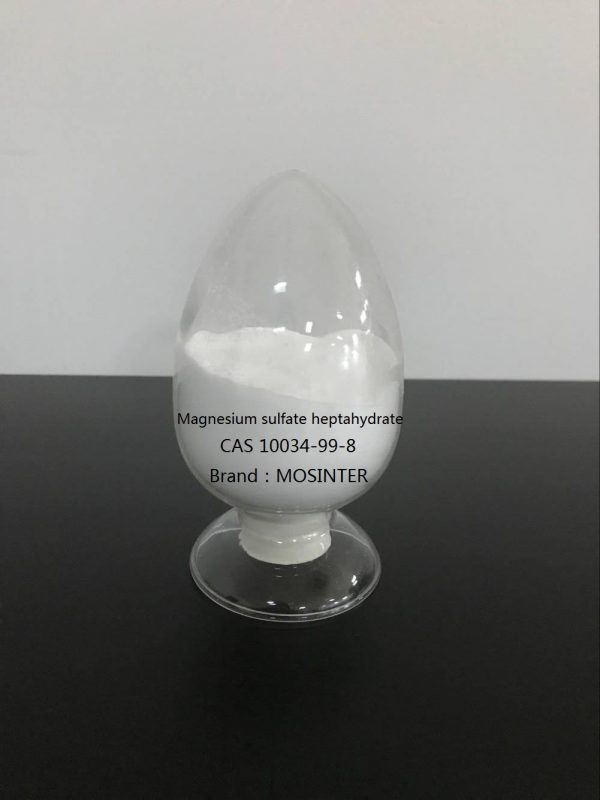
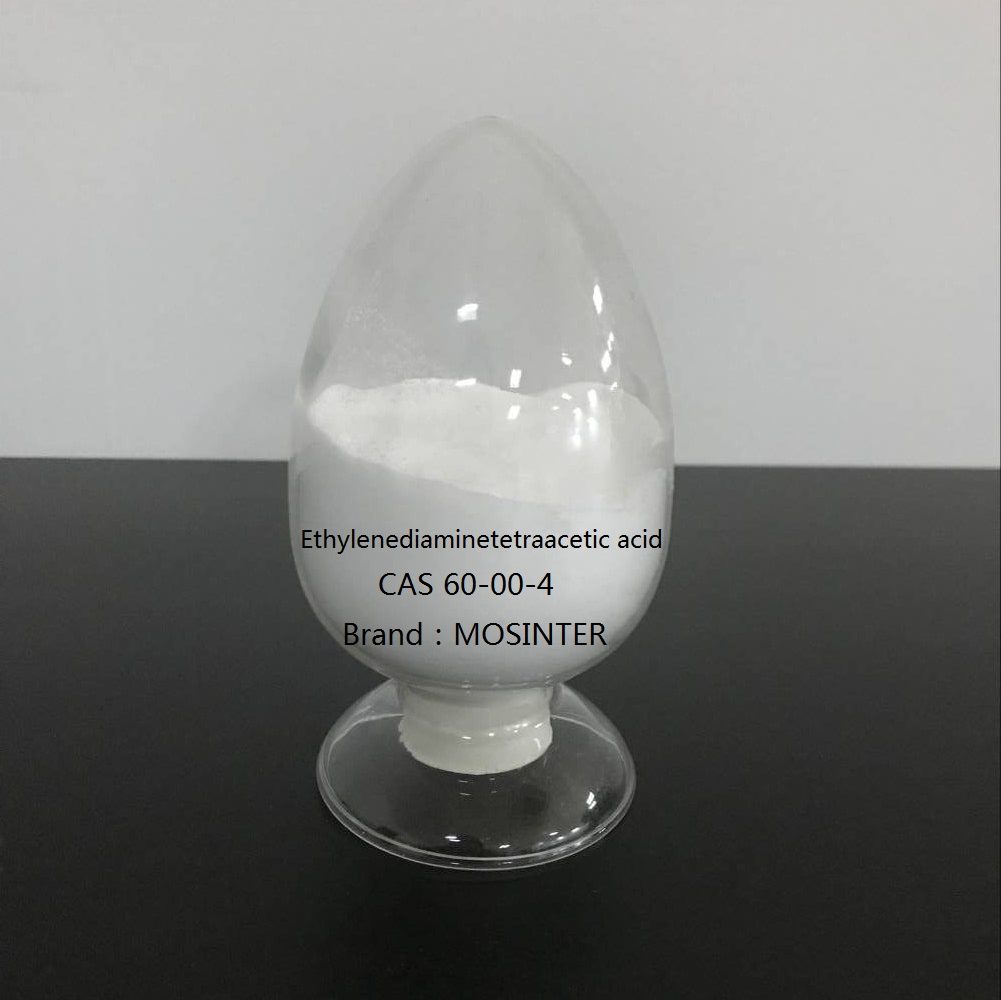
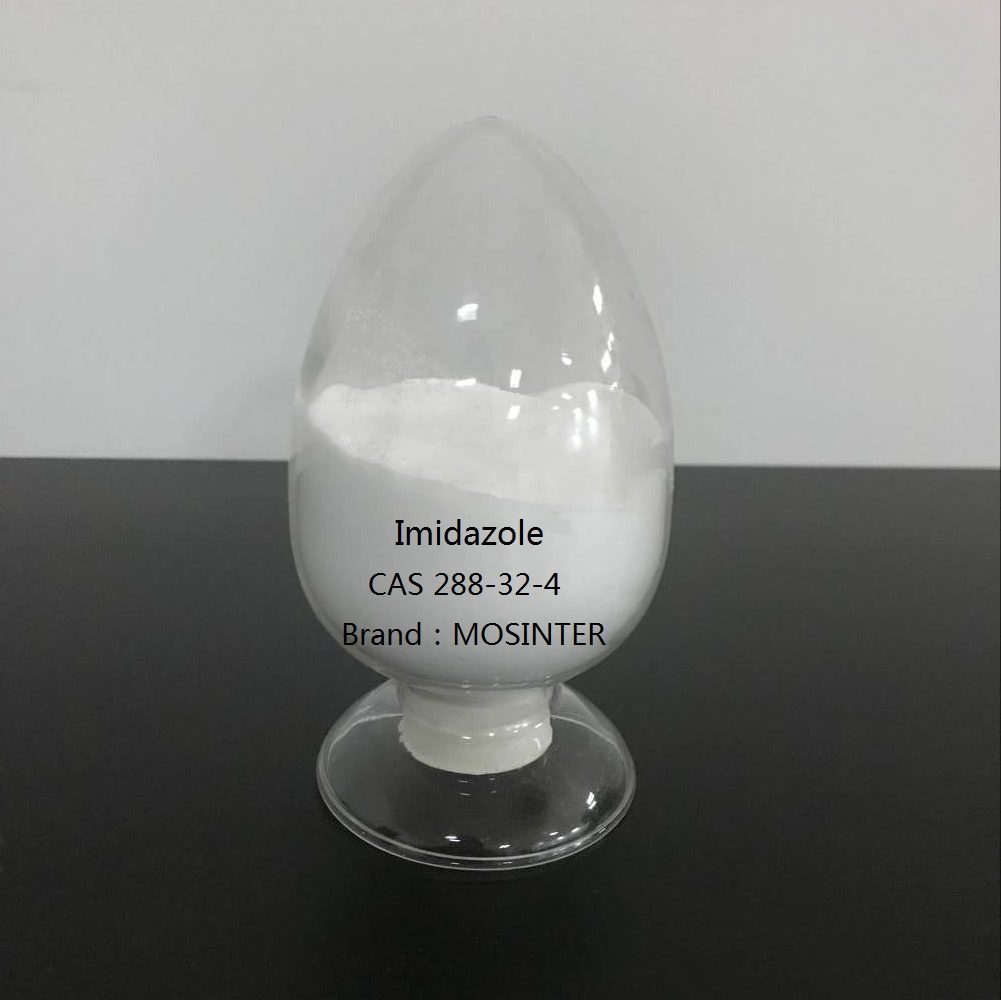
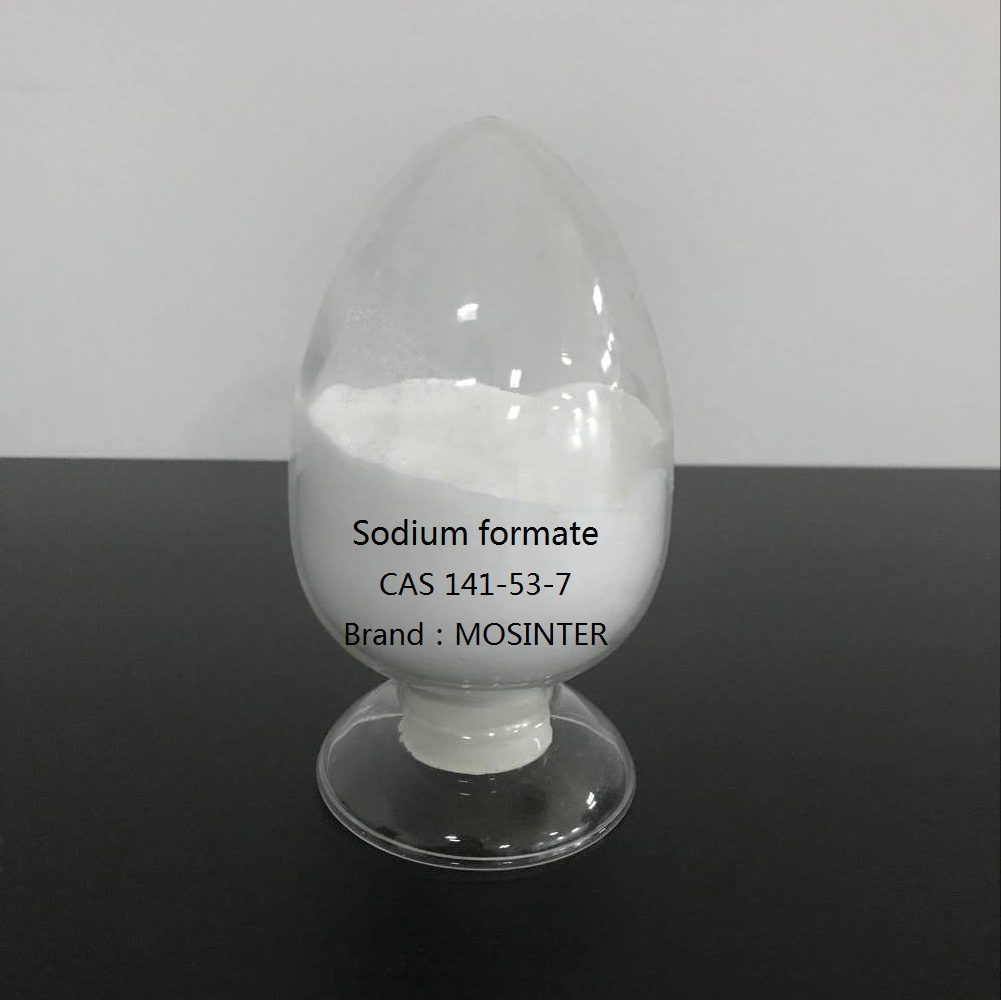
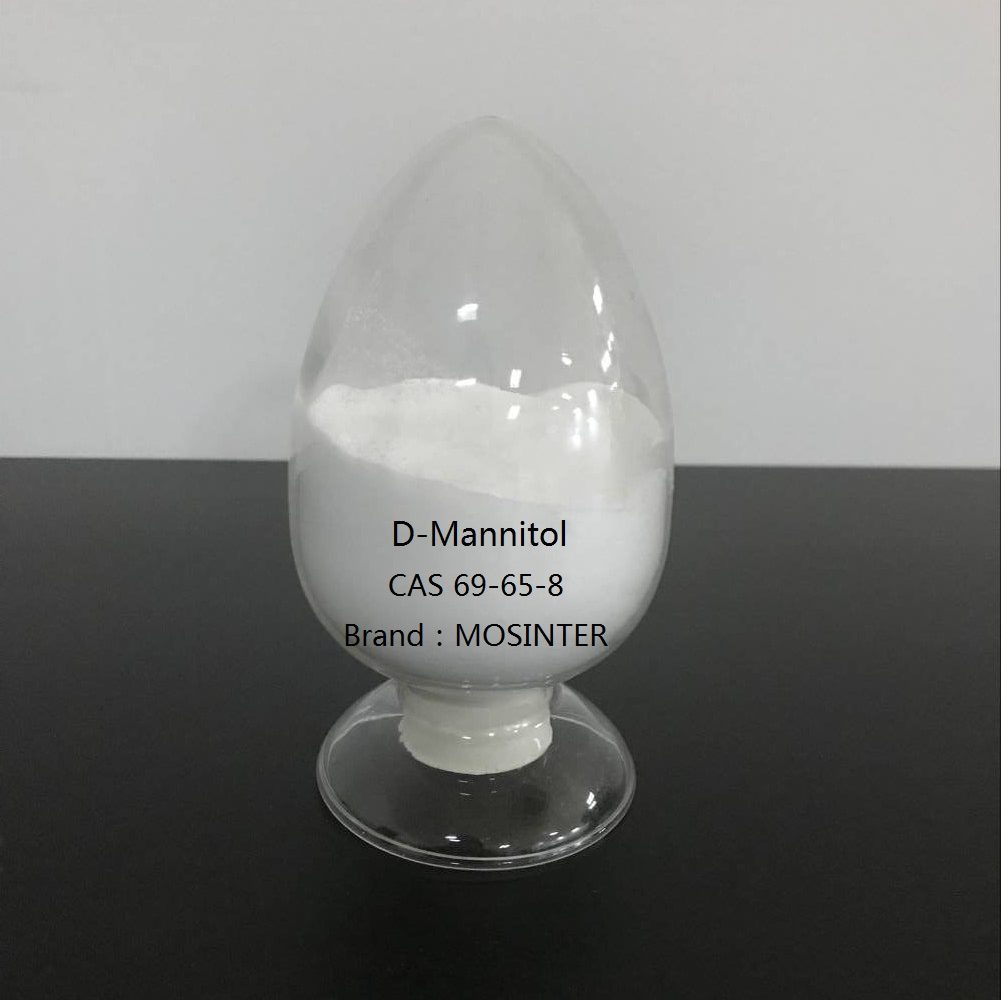
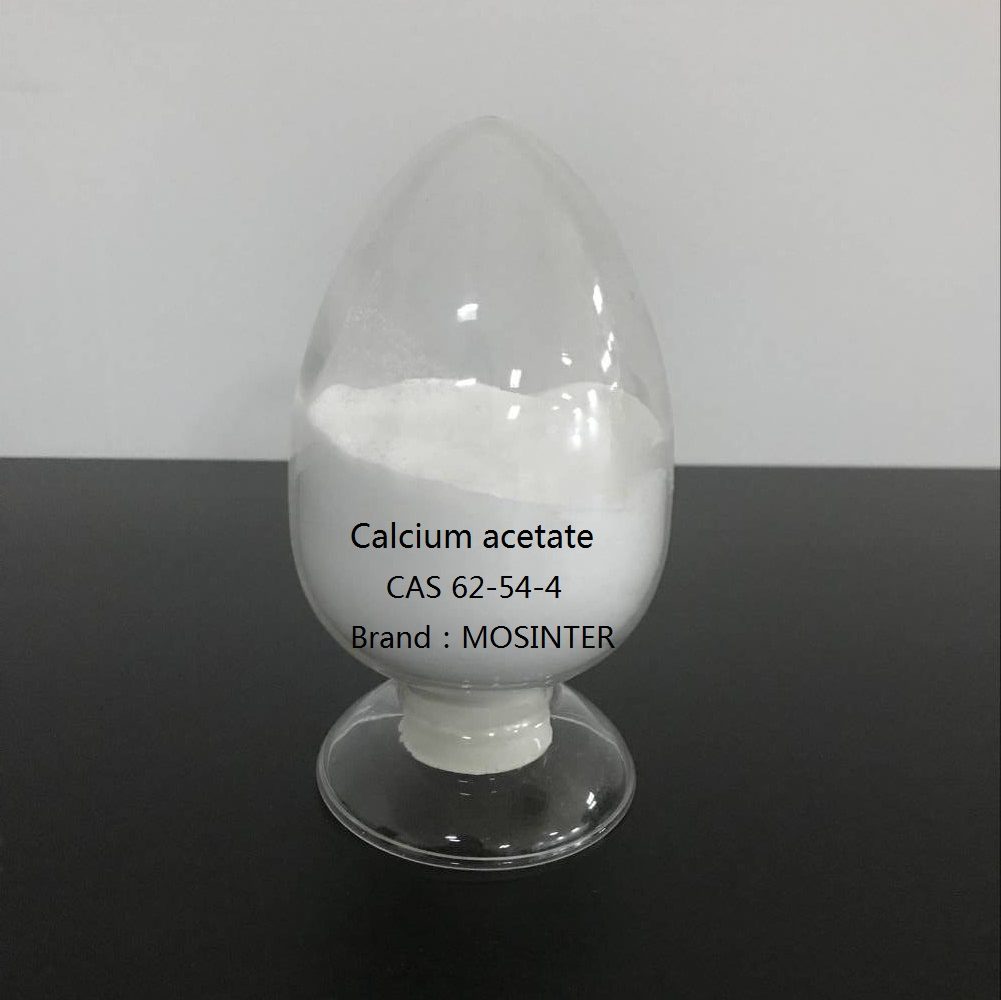
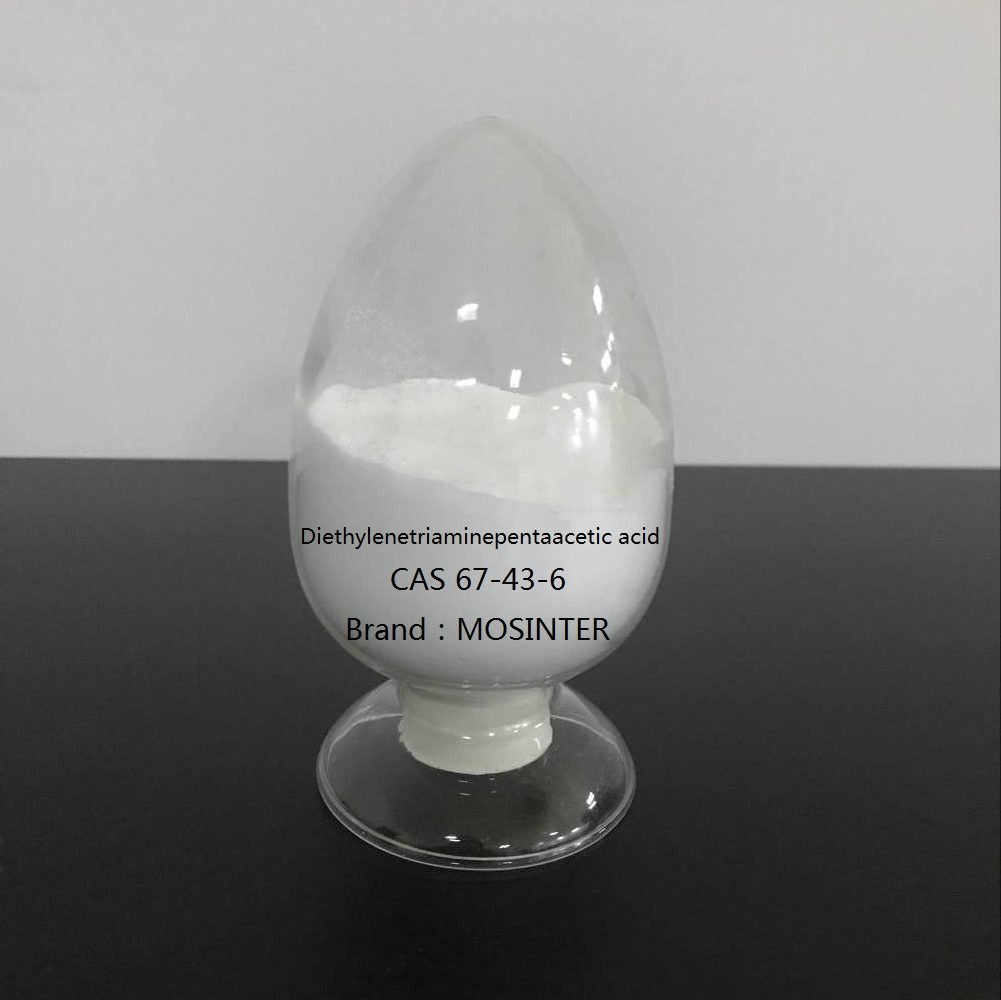
Reviews
There are no reviews yet.